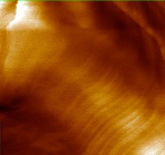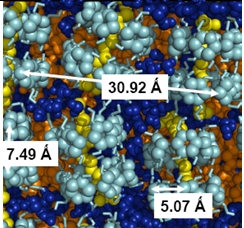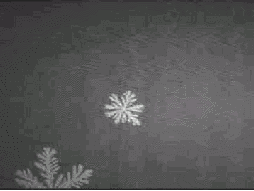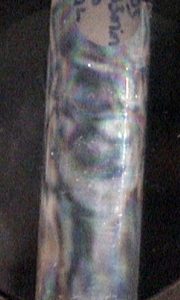Viscosity is the measure of the internal friction of a fluid. This friction becomes apparent when a layer of fluid is made to move in relation to another layer. The greater the friction, the greater the amount of force required to cause this movement, which is called "shear." Shearing occurs whenever the fluid is physically moved or distributed, as in pouring, spreading, spraying, mixing, etc. Highly viscous fluids, therefore, require more force to move than less viscous materials.
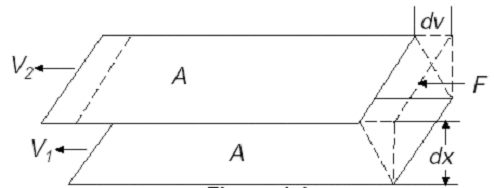
Viscosity is defined by considering the model represented in figure. Two parallel planes of fluid of equal area "A" are separated by a distance "dx" and are moving in the same direction at different velocities "V1" and "V2." The force required to maintain this difference in speed was proportional to the difference in speed through the liquid, or the velocity gradient. To express this, we wrote:

where is a constant for a given material and is called its "viscosity'.
The velocity gradient  is a measure of the change in speed at which the intermediate layers move with respect to each other. It describes the shearing the liquid experiences and is thus called "shear rate." This will be symbolized as "S" in subsequent discussions. Its unit of measure is called the "reciprocal second" (sec-1). The term F/A indicates the force per unit area required to produce the shearing action. It is referred to as "shear stress" and will be symbolized by "F'." Its unit of measurement is "dynes per square centimeter" (dynes/cm2). Using these simplified terms, viscosity may be defined mathematically by this formula:
is a measure of the change in speed at which the intermediate layers move with respect to each other. It describes the shearing the liquid experiences and is thus called "shear rate." This will be symbolized as "S" in subsequent discussions. Its unit of measure is called the "reciprocal second" (sec-1). The term F/A indicates the force per unit area required to produce the shearing action. It is referred to as "shear stress" and will be symbolized by "F'." Its unit of measurement is "dynes per square centimeter" (dynes/cm2). Using these simplified terms, viscosity may be defined mathematically by this formula:

The BrookfieldTM Digital Rheometer DV-III+ determine directly the viscosity, the viscous shear stress and the shear rate of deformation using the lubrication approach between parallel surfaces. The sample size needed goes from 0.5 mL to 2 mL depending of the spindle. A wide range of temperatures (-100°C to 300°C), shear velocities (0.01 to 250 RPM) and viscosity measures (0,1228 cP to 930000 cP) are possible.
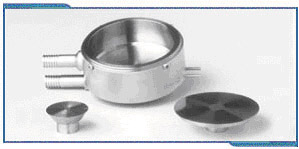 |
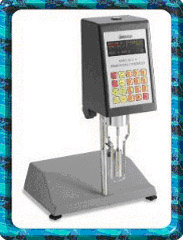 |

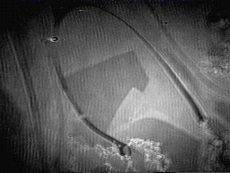 Overbeck/L2phase transition in the C
21monolayer
Overbeck/L2phase transition in the C
21monolayer